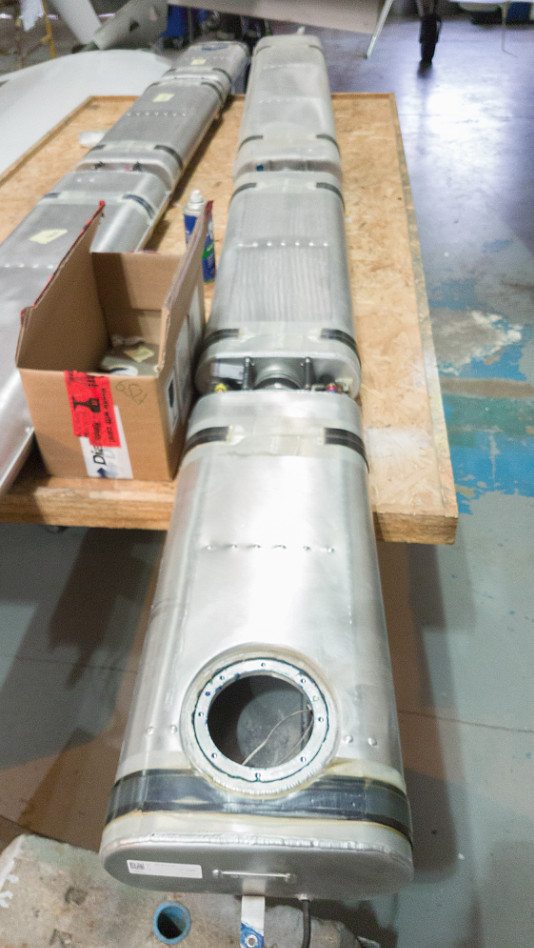petakas wrote:
What is a wet and what a dry tank ?
A wet tank is a fuel tank that uses the actual skin of the airplane, a dry tank is a separate tank inside the wing or fuselage, just like a car.
Seems to be a confusion between tanks and wings here 
LeSving wrote:
Seems to be a confusion between tanks and wings here
Let those who are confused, be confused. We know what we meant ;)
This is the fuel tank in a DA42. So a DA42 has a dry wing.

Some metal planes have a wet wing (like the TB20) while others have a rubber bladder inside. I think that is right.
Seems silly to design that way. Why not use the stiffness of that aluminum tank as a structural part? Now, you just added extra weight, but no stiffness.
So that in a crash the tank doesn’t rupture and catch fire. No diamond plane has caught fire so far in a crash. A lot of the features developed by diamond and not visible at first glance are for crash resistance.
AdamFrisch wrote:
Seems silly to design that way. Why not use the stiffness of that aluminum tank as a structural part? Now, you just added extra weight, but no stiffness.
Is there any difference in fire risk between metal wings with bladders, and metal wings with no bladders (PR1422 etc sealed tanks)?
What about a diesel Cessna, 172 with a Continental or 182 with the SMA? Metal airframe and diesel/jet fuel.
I guess Diamond indeed does a good job of providing passive safety in its designs and active safety as well; docile handling that prevents getting into problems in the first place. A Cirrus has wet wings that make the ignition risk higher on hard impact, but isn’t the whole point of the parachute to prevent such impacts? Don’t know the statistics on burned Cirri but they may actually be quite low.